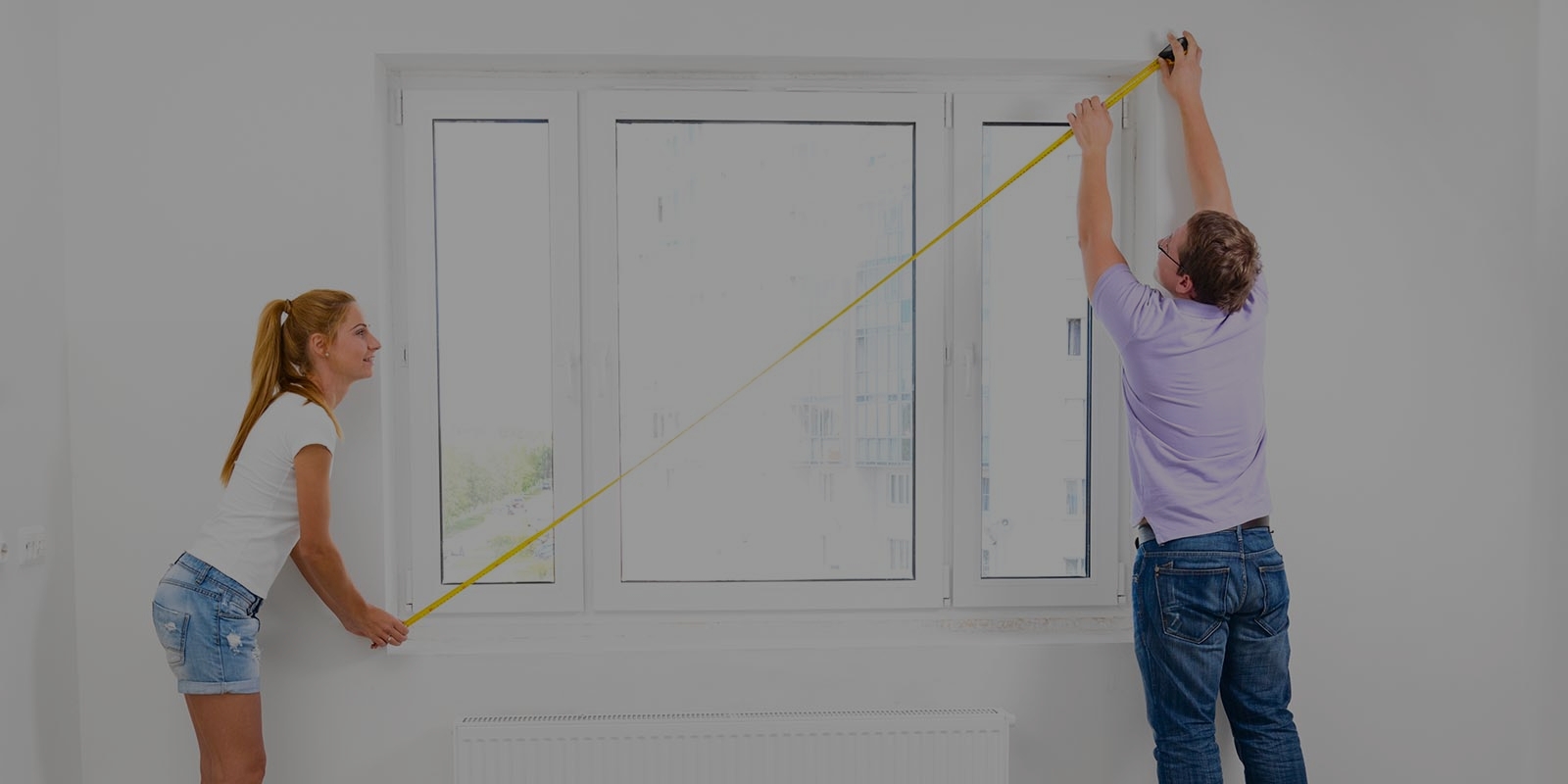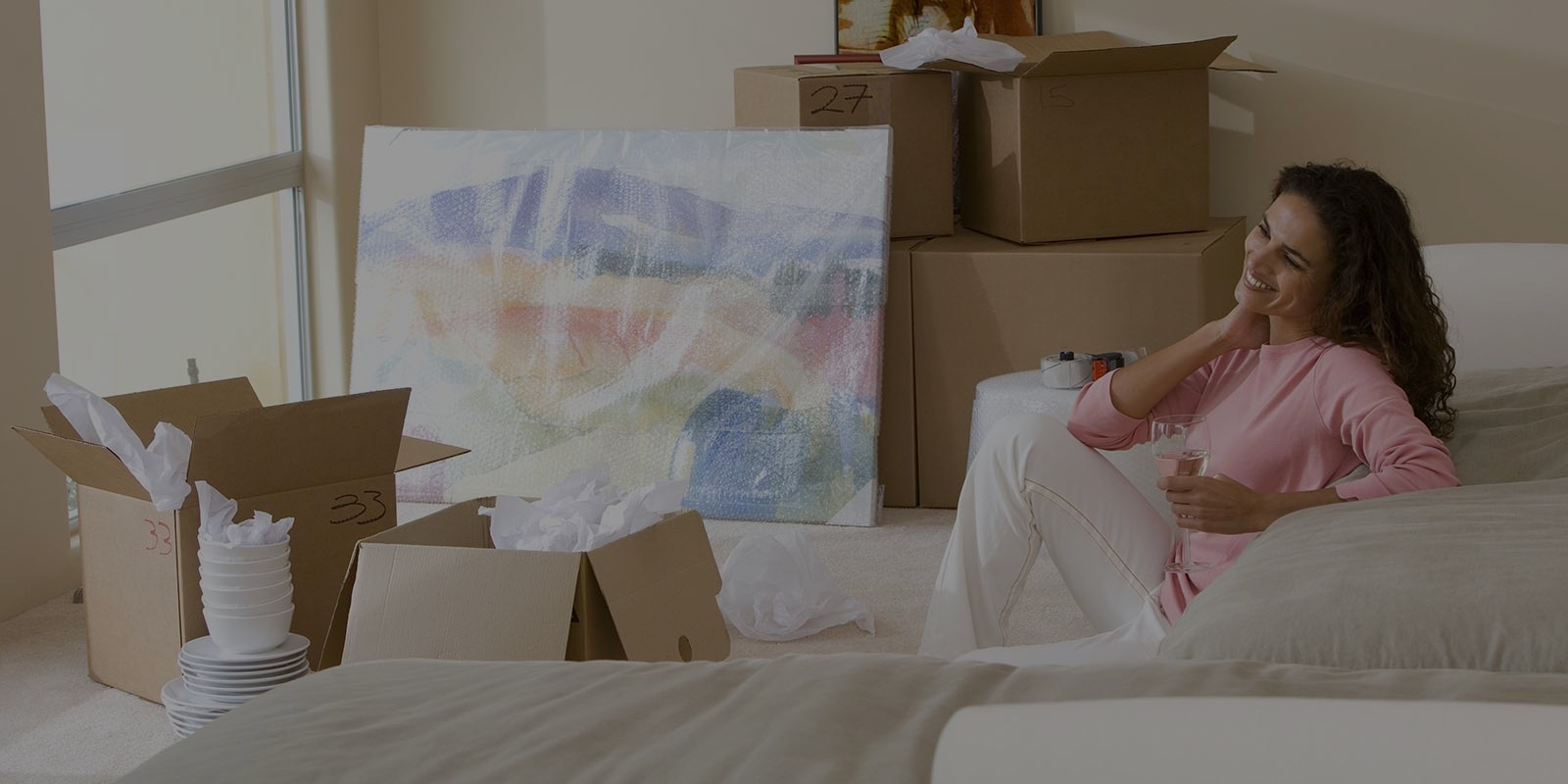Strategies for Preserving Sofa Quality Over Time
Posted on 04/06/2025
Strategies for Preserving Sofa Quality Over Time
Investing in a high-quality sofa is a decision you'll want to protect for years to come. Whether your couch is the centerpiece of your living room or a cozy retreat for relaxing nights, using proven strategies for preserving sofa quality over time is essential. With smart maintenance and thoughtful care, you can ensure your sofa remains comfortable, attractive, and functional for as long as possible.

The Importance of Sofa Longevity
Not only does a sofa provide comfort and support, it often serves as an aesthetic focal point within your home. A well-maintained couch can make all the difference in your interior decor and contributes significantly to the overall atmosphere in your living space. Prolonging sofa durability also saves money by delaying the need for replacements. Preserving sofa quality over time requires attention to detail and proactive care -- but with the right approach, your sofa can look and feel like new for many years.
Understanding Common Causes of Sofa Wear and Tear
Before exploring effective strategies, it's essential to recognize what leads to diminished sofa quality:
- Daily Usage: Frequent use gradually compresses cushions, fabric, and springs.
- Spills and Stains: Accidental spills, food crumbs, and pet mishaps can deteriorate upholstery and create persistent odors.
- Sun Exposure: Prolonged direct sunlight may fade fabric and leather, causing brittleness.
- Poor Support: Sitting or jumping on arms and backs weakens the sofa's frame.
- Poor Cleaning Habits: Neglecting regular sofa cleaning results in dirt buildup and faster material breakdown.
Understanding these risks is the first step in developing a comprehensive sofa preservation plan.
Essential Strategies to Preserve Sofa Quality Over Time
1. Select the Right Sofa Materials
When purchasing a new sofa, it's important to consider both your lifestyle and the durability of available materials. Here's what to look for:
- Frame: Opt for hardwood frames (oak, maple, or beech) instead of softwoods or particleboard for lasting strength.
- Suspension: High-quality couches feature eight-way hand-tied springs or sinuous springs that maintain their shape.
- Upholstery: Choose tightly woven fabrics or leathers that resist pilling, snagging, and stretching.
Tip: Microfiber and high-performance polyester fabrics tend to repel stains and resist wear, making them ideal for busy households.
2. Establish a Regular Maintenance Routine
Consistent cleaning is vital for maintaining sofa quality over time. Follow these simple steps:
- Vacuum upholstery weekly with a soft brush attachment to remove dust, crumbs, and pet hair.
- Spot clean stains promptly using appropriate cleaners for your specific sofa material (always test on an inconspicuous area first).
- Clean and rotate cushions every few months to distribute wear evenly and prevent sagging.
- For leather sofas, use a specialist cleaner and conditioner to prevent cracks and fading.
Setting a monthly reminder for more thorough cleaning can keep your couch looking and feeling fresh.
3. Protect Your Sofa From Sun and Heat
Direct sunlight can be particularly damaging to both fabric and leather sofas. To extend sofa lifespan:
- Place the sofa away from direct sunlight exposure or use UV-blocking window treatments.
- Rotate your sofa occasionally to even out any areas exposed to light.
- Keep the sofa away from heat sources like radiators, fireplaces, or vents, as excessive warmth may dry out and warp materials.
Proactive measures against sunlight and heat are simple but effective ways to preserve your sofa's pristine appearance.
4. Use Protective Covers and Throws
Preserving couch quality is easier with the use of removable covers, throws, or slipcovers. Consider:
- Using machine-washable covers for easy cleaning and replacement.
- Draping decorative throws over high-traffic areas such as armrests and seat cushions.
- Investing in waterproof or stain-resistant slipcovers if you have pets or small children.
These additions don't just protect fabric; they also add style and versatility to your living area.
5. Be Mindful of Use and Placement
Thoughtful use is one of the best strategies for maintaining sofa quality. You can:
- Discourage children and pets from jumping or climbing on the furniture.
- Ask guests to avoid sitting on sofa arms or the backrest to prevent frame damage.
- Position the sofa on an even surface to minimize stress on joints and legs.
By treating your sofa with care, you can promote both safety and durability.
6. Address Spills and Stains Immediately
Accidents can happen at any time, but quick action minimizes the risk of long-lasting damage:
- Blot (don't rub): Use a clean, absorbent cloth to blot up liquids as soon as possible.
- Use appropriate cleaners: Follow manufacturer guidelines and never use harsh chemicals unless stated as safe for your fabric.
- Professional help: For stubborn or large stains, consider hiring a professional upholstery cleaner.
Immediate attention ensures small incidents don't become permanent eyesores.
7. Rotate and Fluff Sofa Cushions
Daily use compresses cushions and can make one side more worn than the other. To preserve sofa comfort and shape:
- Rotate seat and back cushions every one to two weeks.
- Fluff loose cushions daily to maintain volume and appearance.
- Switch removable cushion positions to distribute wear evenly.
Regular rotation helps prevent permanent indentations and sagging.
8. Schedule Professional Cleaning
Even with regular at-home maintenance, professional cleaning should be part of your sofa preservation strategy:
- Have your sofa deep-cleaned every 12 to 18 months, depending on use and manufacturer recommendations.
- Choose cleaning professionals who specialize in your sofa's particular material.
Professional cleaning removes deeply embedded dirt, allergens, and restores freshness without damaging the fabric or internal structure.
Special Care Tips for Specific Sofa Types
Keeping Leather Sofas Looking Luxurious
Leather sofas lend a sophisticated, timeless look but require particular care:
- Dust with a soft, dry cloth weekly to prevent buildup.
- Apply a leather conditioner every 6 to 12 months to keep leather supple and avoid cracking.
- Wipe up spills immediately and avoid using water, as this can stain or dry out the material.
Read the manufacturer's care guidelines and avoid harsh cleaning products to preserve the leather's natural beauty and longevity.
Preserving Fabric Sofas
Fabric sofas offer style and comfort but are more susceptible to stains and wear. For continued sofa fabric quality preservation:
- Utilize fabric protector sprays to repel spills and make stains easier to remove.
- Avoid sitting on the same cushion repeatedly to prevent uneven wear.
- Vacuum thoroughly to remove particles that cause abrasion to fibers.
Consider eco-friendly and allergy-sensitive products if you have pets or sensitive skin.
Common Mistakes That Shorten Sofa Lifespan
Avoid these frequently overlooked errors that can quickly damage or age your sofa:
- Ignoring Manufacturer's Instructions: Not all sofas require the same care; always read care tags and manuals.
- Using Unfit Cleaning Products: Generic cleaners may strip color or cause shrinkage, especially on delicate fabrics.
- Leaving Spills Unattended: Even water can stain some materials if left to dry untreated.
- Placing Inappropriate Items on the Sofa: Heavy bags, food trays, or books can deform or soil cushions.
- Allowing Pets to Sleep on the Sofa: Fur, claws, and odors can accumulate quickly without regular covers or maintenance.
Mindful habits go a long way to ensure your sofa stays in top condition year after year.

Frequently Asked Questions about Maintaining Sofa Quality
How often should I clean my sofa?
Vacuum or dust your sofa at least once a week. Spot clean as needed and perform a more thorough clean every few months or as recommended by the manufacturer. Don't forget to schedule a professional deep clean annually.
What products should I use for sofa maintenance?
Always check the care tag for fabric-specific recommendations. For leather, use conditioners formulated for furniture. For fabric, mild upholstery shampoos or foams are often best. Avoid harsh chemicals or bleach unless the label states otherwise.
Is it okay to let my pets sleep on my sofa?
If you prefer to allow pets on your couch, use washable slipcovers and vacuum regularly. Training pets to stay off or providing them with their dedicated pet beds is an even better strategy for maintaining sofa longevity.
Can sunlight really damage my sofa?
Absolutely. Continuous sun exposure can fade colors and weaken textile or leather fibers. Keeping your sofa out of direct sunlight will help maintain its quality and color for years.
How do I know when it's time to replace my sofa?
When structural integrity is compromised (such as sagging frames or irreparable cushion compression), or when fabric damage is extensive and cannot be restored, it's time to start considering a replacement.
Conclusion: Invest Time in Preserving Sofa Quality
Strategies for preserving sofa quality over time are essential for anyone who wants to enjoy their investment for as long as possible. Whether you have a plush sectional, a chic leather loveseat, or a durable family sofa, proactive care pays off in the long run.
Start by selecting the right sofa materials, following a dedicated cleaning and maintenance schedule, using covers, protecting from sunlight, and responding swiftly to stains and spills. Adopting these best practices will ensure your living space remains comfortable, appealing, and welcoming for years to come.
By respecting your sofa's needs and treating it with care, you not only preserve its appearance and comfort -- you also extend its lifespan, add value to your home, and save money over time.
For more furniture care tips and home advice, keep following our trusted guide to maintain the heart of your living space in top form!







